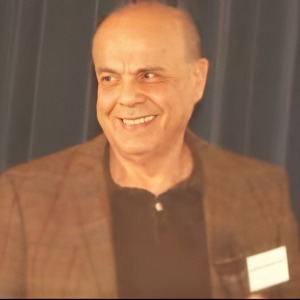Title: Syndromic associations of congenital malformations of dentition: A clinical and genetic overview
Abstract:
Congenital malformations of the dentition are not uncommon in both children and adults, particularly when associated with heritable syndromic conditions. In this presentation, we aim to highlight the strong connection between developmental dental anomalies and a wide variety of genetic syndromes. We focus on the underlying genetic causes of abnormal dental development and emphasize the importance of establishing an accurate clinical diagnosis as early as possible. Abnormally shaped teeth, oligodontia, or dentin defects often form part of a broader syndromic presentation. A comprehensive review of PubMed and specialized textbooks revealed more than 303 syndromic entities in which congenital dental maldevelopment is a significant feature. One of the common examples is Christ-Siemens-Touraine syndrome (X-linked hypohidrotic ectodermal dysplasia), the most prevalent form of ectodermal dysplasia. Affected males typically have normal intelligence but exhibit sparse scalp hair, eyebrows, and eyelashes, lack of body hair, and an inability to sweat, which can result in recurrent high fevers during infancy. Dentition is markedly affected, with most teeth missing and those present often displaying a conical shape. Additional features may include progressive hyperpigmentation, dry skin around the eyes, prominent forehead, saddle nose, full lips, and a hoarse voice. Female carriers may show subtle signs such as sparse hair or abnormal dentition, including oligodontia and altered tooth morphology. Another key example is dentinogenesis imperfecta, a major dental manifestation in children and adults with osteogenesis imperfecta. Here, we present clinical and radiological findings from selected families to illustrate the spectrum of phenotypic features associated with these syndromes. Our aim is to reinforce the need for early diagnosis and multidisciplinary management to optimize patient care and genetic counseling.




